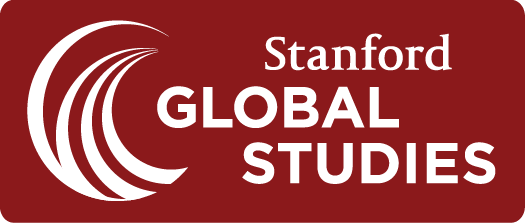This event is free and open to the public.
The so-called Parks of Culture and Leisure were one of the foundations of Soviet civilization. They functioned not only as public urban spaces but also as specific educative gardens. After the post-Revolutionary migration process the big Soviet towns were populated in part by newcomers from provincial regions, peasants included. The Parks of Culture and Leisure provided the new population with the educative practices necessary for life in a megapolis, enlarged their cultural background and even instructed them ideologically. Despite the Soviet nature of the Park of Culture and Leisure undertaking, its concept and its system of functioning were received from the European tradition of public gardens. In particular it was influenced by the German Lunaparks and by the green urban spaces invented by Ebenezer Howard for his Cities-Gardens. The lecture reconstructs the most interesting cases in the history of the formation of the Socialist gardens: Gorky Park, Peterhof and Detskoe Selo.
Stanislav Savitski is Associate Professor at the Faculty of Liberal Arts and Sciences, Saint Petersburg State University and Associate Professor, Faculty of Arts, University of Helsinki. He also directs the Center for Contemporary Art of the Saint Petersburg State University and works as an expert at the Foundation of Contemporary Art PRO ARTE (Saint Petersburg). Savitsky’s scholarly interests include: intellectual history of Modernism, avant-garde & marginal cultural communities, intellectual history of Soviet science & culture, history of parks & gardens, contemporary art. He is the author of several books, including: Underground: History & Cultural Mythologies of Leningrad Unofficial Culture (2002), Nomads Notebooks (2009), A Chronicle of the Saint Petersburg Art of the 2000s (2011), The Private Person: Lidyja Ginzburg in the Late 1920s & Early 1930s (2013), La Douce France (2014), A Walker's Self-Help (2014). Professor Savitsky has also served as Visiting Professor and Scholar at the Universities of Copenhagen, Ekaterinburg, Helsinki, Milan, Paris III (La Nouvelle Sorbonne), Ca' Foscari Venice and at the Forschungstelle Osteuropa (Bremen).



